Table of Content
- What is Basava Vasati Yojana?
- Key Facts About Basava Vasati Yojana
- Benefits of Basava Vasati Yojana
- Eligibility Criteria
- Required Documents
- Application Process
- Checking Beneficiary Status
- Application Charges
- Name Correction & Grant Release Details
- Selection Process
- Aadhaar Linking Status
- Important Links
- Scheme Progress & Dashboard
- Contact Information
- Conclusion
A house is more than just four walls it is a foundation of security, dignity, and social stability. Unfortunately, many families in Karnataka, especially in rural and semi-urban regions, still live without a proper roof over their heads. Recognizing this gap, the state government launched the Basava Vasati Yojana, a flagship welfare scheme designed to provide affordable housing solutions to the needy.
Instead of distributing cash grants that might get misused, the scheme adopts a more practical approach by supplying raw construction materials and subsidies. This ensures that the benefits directly translate into actual houses for beneficiaries. Over the years, the scheme has transformed lives by enabling thousands of families to shift from temporary shelters to permanent, dignified homes.
With renewed momentum in 2025, the Basava Vasati Yojana continues to play a crucial role in the state’s larger vision of “Housing for All”.
What is Basava Vasati Yojana?
The Basava Vasati Yojana is one of Karnataka’s oldest and most impactful housing schemes. Introduced in 2000, it is implemented by the Rajiv Gandhi Rural Housing Corporation Limited (RGRHCL), a government body formed exclusively to ensure transparency and efficiency in housing programs.
The scheme is aimed at citizens belonging to Below Poverty Line (BPL) families, as well as SC, ST, and OBC communities, who often own land but lack resources to construct a proper home. By providing construction materials and financial support, the scheme ensures that these families can build safe, permanent shelters without falling into debt traps.
In 2025, the Karnataka Government has earmarked a budget of nearly ₹2,500 crore with an ambitious target of constructing 2 lakh homes. This reflects the government’s commitment to strengthening social equity and ensuring that no family is left without housing.
Also Read: DDA to Launch ‘Premium Housing Scheme 2025’ on Aug 26: Flats, Prices & Locations
Key Facts About Basava Vasati Yojana
- Scheme Name: Basava Vasati Yojana
- Launch Year: 2000
- State: Karnataka
- Implementing Agency: RGRHCL (Rajiv Gandhi Rural Housing Corporation Limited)
- Primary Beneficiaries: BPL, SC, ST, OBC families
- Budget (2025): ~₹2,500 crore
- Official Portal: ashraya.karnataka.gov.in
Benefits of Basava Vasati Yojana
The scheme is not just about constructing houses, it’s about improving the quality of life. Some of the major benefits include:
- Subsidized Construction Materials
Beneficiaries receive up to 85% of raw materials required for construction at no cost, drastically reducing financial burden. - Support for Landowners Without Houses
Families who own land but could not afford to build homes finally get an opportunity to have a permanent shelter. - Improved Living Standards
Moving from mud huts or makeshift shelters into a pucca house raises health, education, and overall living conditions for families. - Transparent Digital Process
With online portals like Ashraya and RGRHCL dashboards, corruption and middlemen interference are minimized. - Integration with PMAY
In some cases, the scheme works in tandem with Pradhan Mantri Awas Yojana (PMAY), ensuring beneficiaries receive maximum support from both central and state governments.
Eligibility Criteria
To ensure that the right people benefit, the scheme has strict eligibility guidelines:
- The applicant must be a permanent resident of Karnataka. Migrants are excluded.
- The family must not already own a pucca house anywhere in India.
- Annual household income should not exceed ₹32,000.
- Applicants must belong to BPL, SC, ST, or OBC categories.
- Priority is given to widows, disabled persons, and marginalized families.
Required Documents
Applicants need to furnish the following documents while applying:
- Aadhaar Card (for identity & verification)
- Permanent Residence Proof (ration card, voter ID, etc.)
- Age Proof (birth certificate, school certificate, etc.)
- Income Certificate issued by a competent authority
- Caste/Community Certificate (for SC/ST/OBC applicants)
- Recent Passport-size Photographs
Application Process
The application process is fully online through the Ashraya Portal, which simplifies access and eliminates middlemen.
Step-by-step process:
- Go to ashraya.karnataka.gov.in.
- Choose your preferred language.
- Navigate to “Online Application”.
- Create a login ID and password, or log in if already registered.
- Enter personal details, income, and land ownership information.
- Upload necessary documents in scanned format.
- Submit the form and note the acknowledgement number.
This acknowledgement number will be essential for checking application status later.
Checking Beneficiary Status
Once the application is submitted, beneficiaries can track progress through the RGRHCL portal:
- Visit the RGRHCL official website.
- Click on “Beneficiary Information”.
- Select your district and enter the acknowledgement/reference number.
- The portal will display your status approved, pending, or rejected.
Application Charges
A huge advantage of the Basava Vasati Yojana is that the application process is completely free of charge. There are no hidden fees, which makes it accessible to the poorest families.
Name Correction & Grant Release Details
Mistakes in applications are common, especially with spelling of names. The RGRHCL portal allows easy name correction online. Similarly, beneficiaries can track grant release details to confirm whether funds or subsidies have been approved and disbursed.
Selection Process
To ensure fairness, the selection of beneficiaries involves multiple steps:
- Pre-screening by local officers to verify eligibility.
- Evaluation by Gram Panchayat/MLA based on need and socio-economic condition.
- Lottery system in case applications exceed available allocations.
- Final approval and publication of names on the RGRHCL website.
- Construction monitoring, where beneficiaries must provide progress reports to receive subsequent installments.
Aadhaar Linking Status
Aadhaar is mandatory to ensure direct subsidy transfer. Applicants can verify whether their Aadhaar is linked to their bank account via the UIDAI Bank Mapping portal. This prevents delays in fund disbursement.
Important Links
- Houseless Families Report
- Death Case Status
- Blocked Houses
- Fund Release Report
- Name Correction Report
Scheme Progress & Dashboard
The live dashboard of RGRHCL provides transparency on the scheme’s progress. As of the latest update:
- Thousands of houses have been fully completed.
- Many more are at foundation, lintel, or roof level stages.
- Data is updated regularly, showcasing accountability in implementation.
This progress reflects the government’s consistent push to bridge the rural-urban housing gap.
Contact Information
For assistance, applicants can reach out to:
- Office Address: Cauvery Bhavan, 9th Floor, C & F Block, K. G. Road, Bengaluru – 560009
- Fax: 91-080-22247317
- Email: rgrhcl@nic.in
Conclusion
The Basava Vasati Yojana 2025 continues to be a game-changer in Karnataka’s housing sector. By providing construction materials, financial aid, and a transparent digital process, it ensures that the dream of a permanent house is within reach for the poorest families.
For a widow struggling to raise children, for a farmer living in a temporary hut, or for an elderly couple without savings, this scheme represents hope, dignity, and stability. The online system further makes it easy to apply, check status, and monitor progress without relying on intermediaries.
With continued investment and careful implementation, the Basava Vasati Yojana brings Karnataka closer to its vision of “no family without a home.”

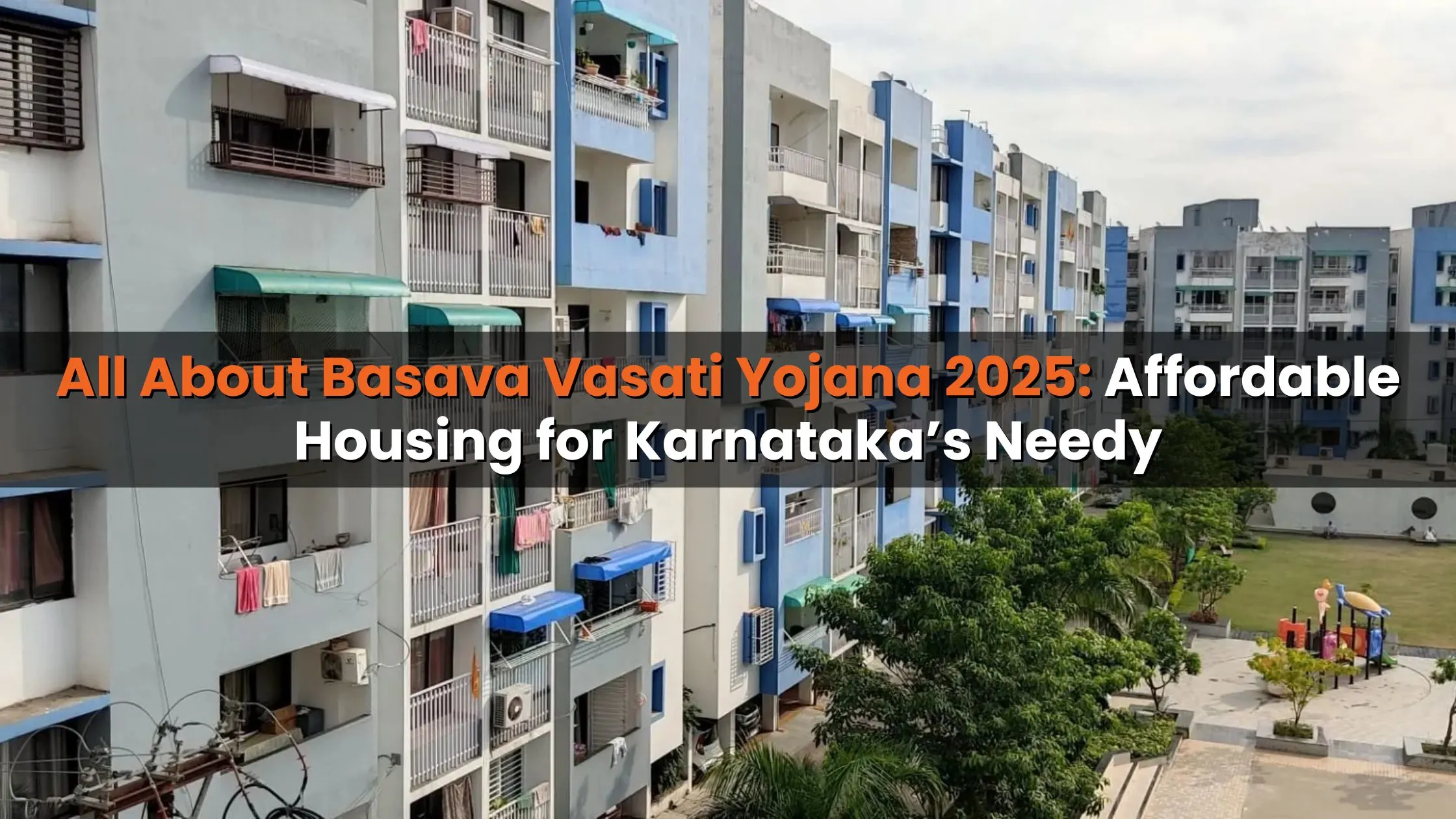
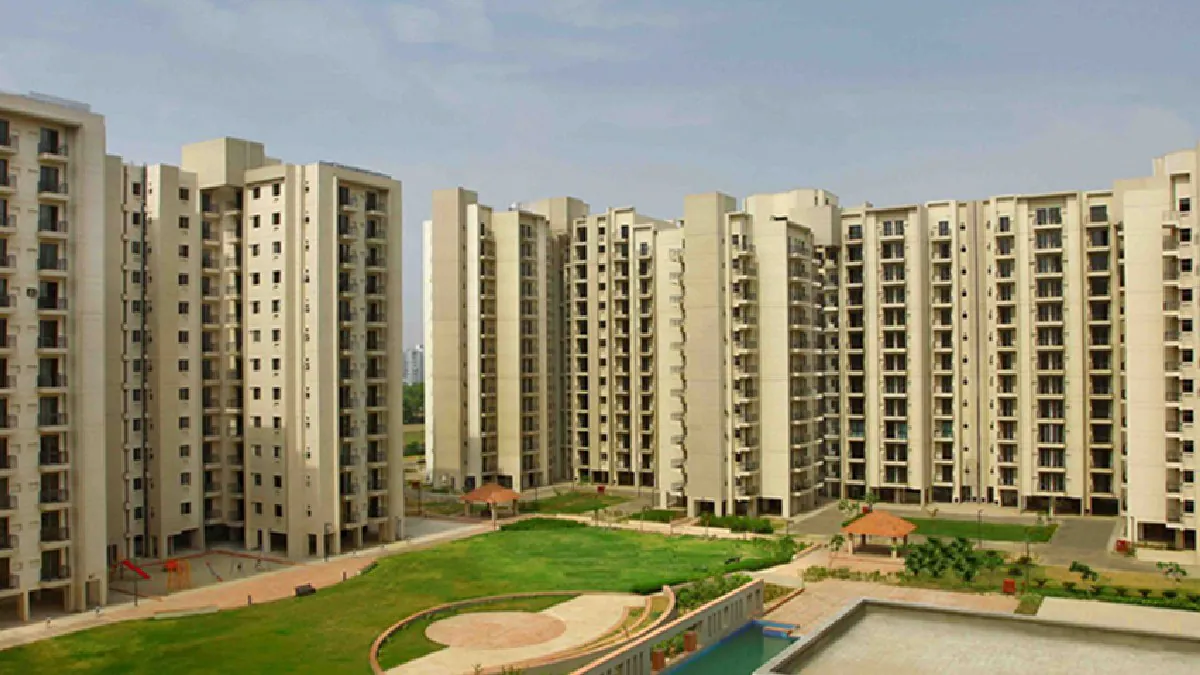
_1755760620.webp)
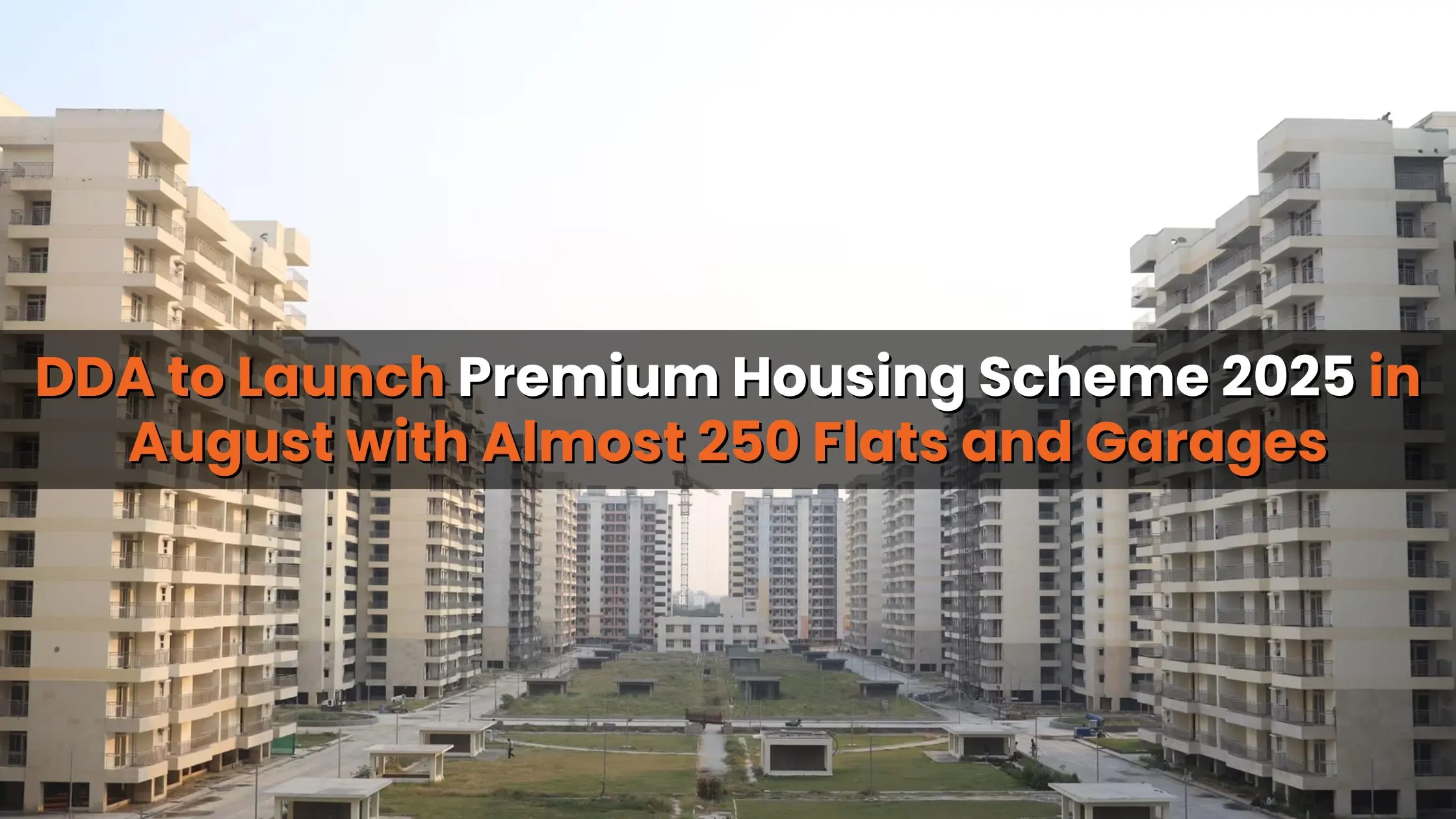

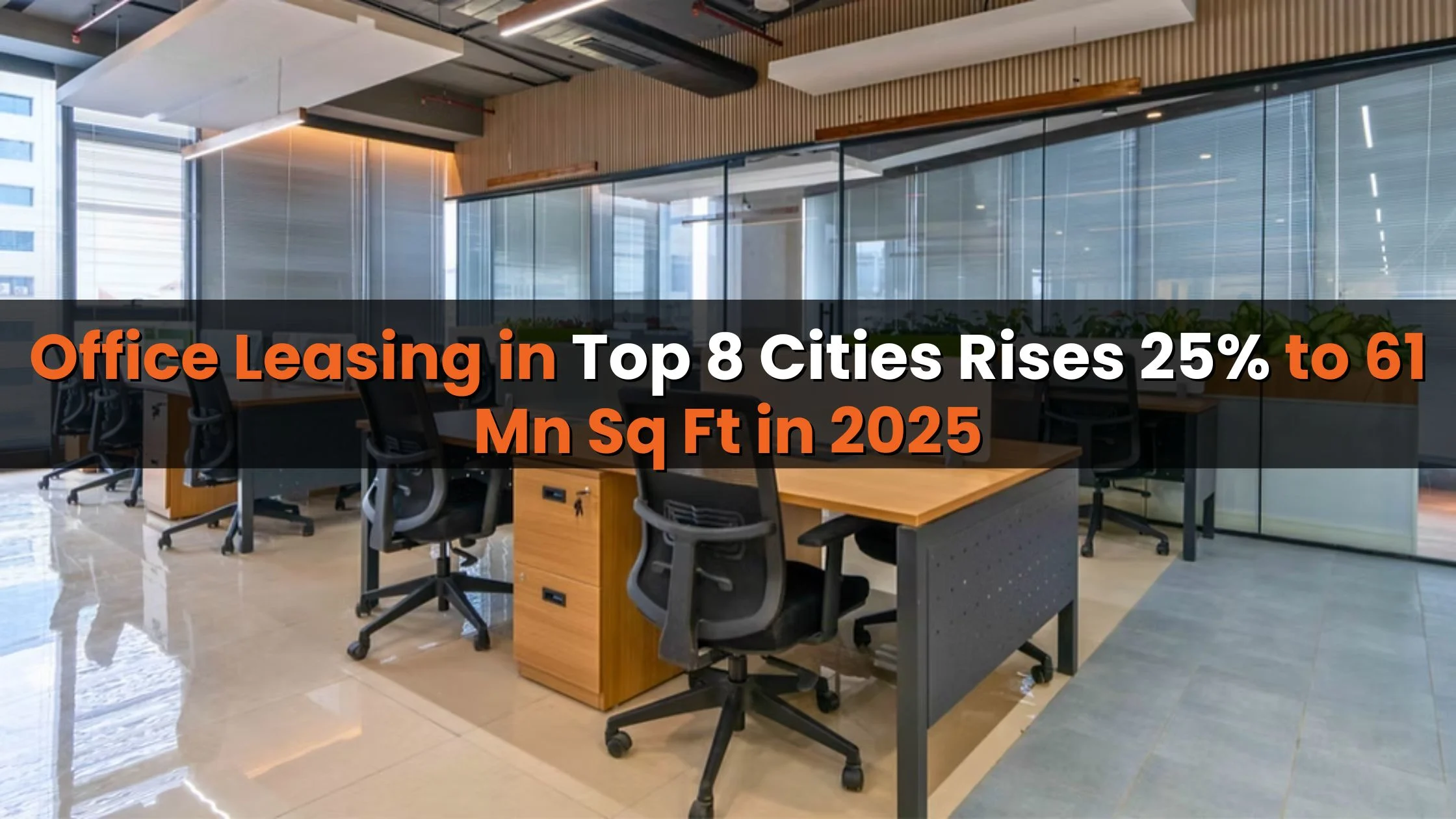
_1767683336.webp)
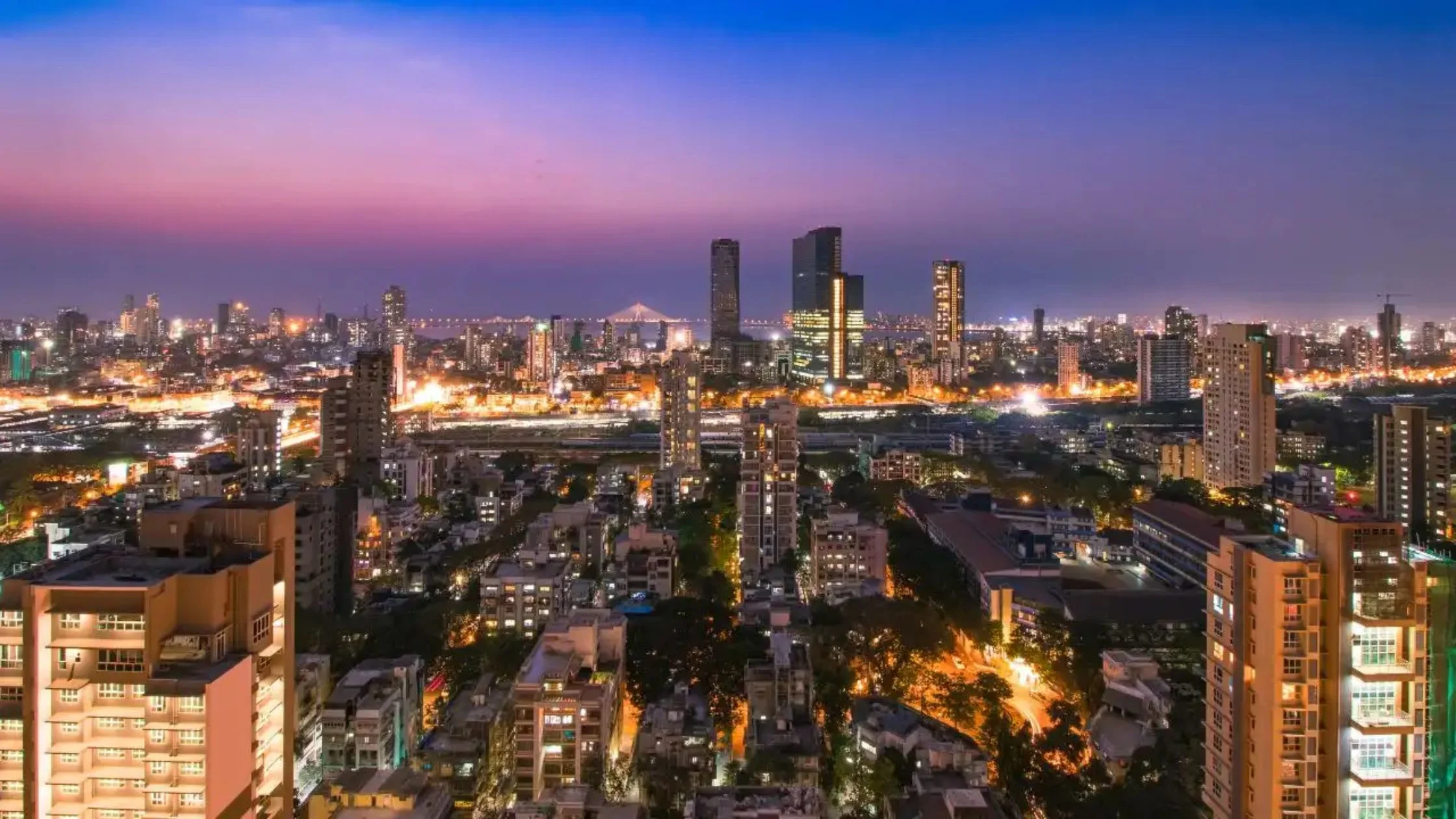
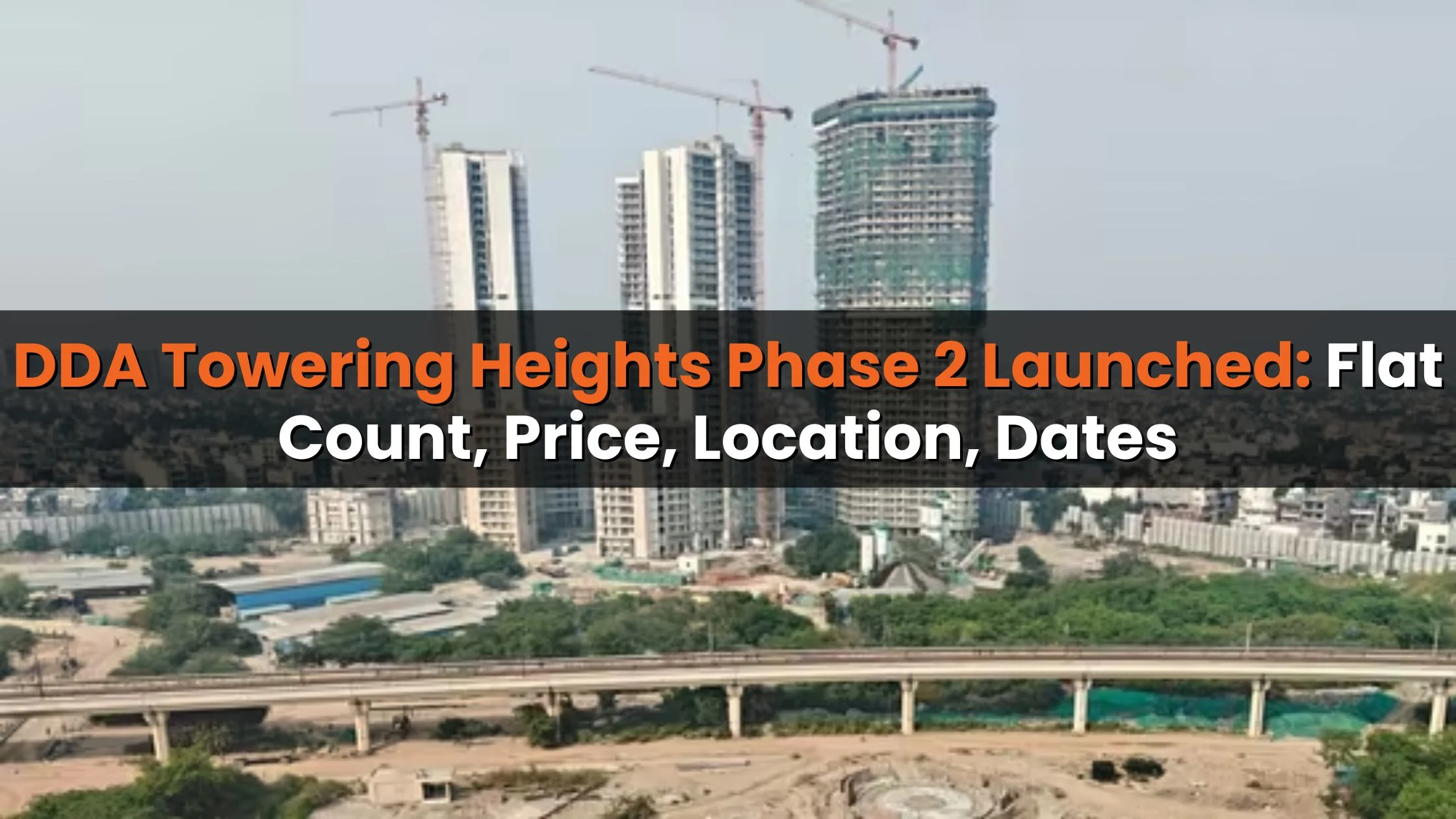
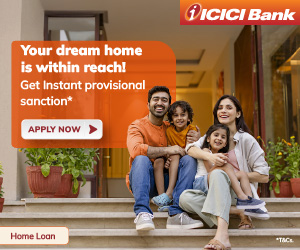
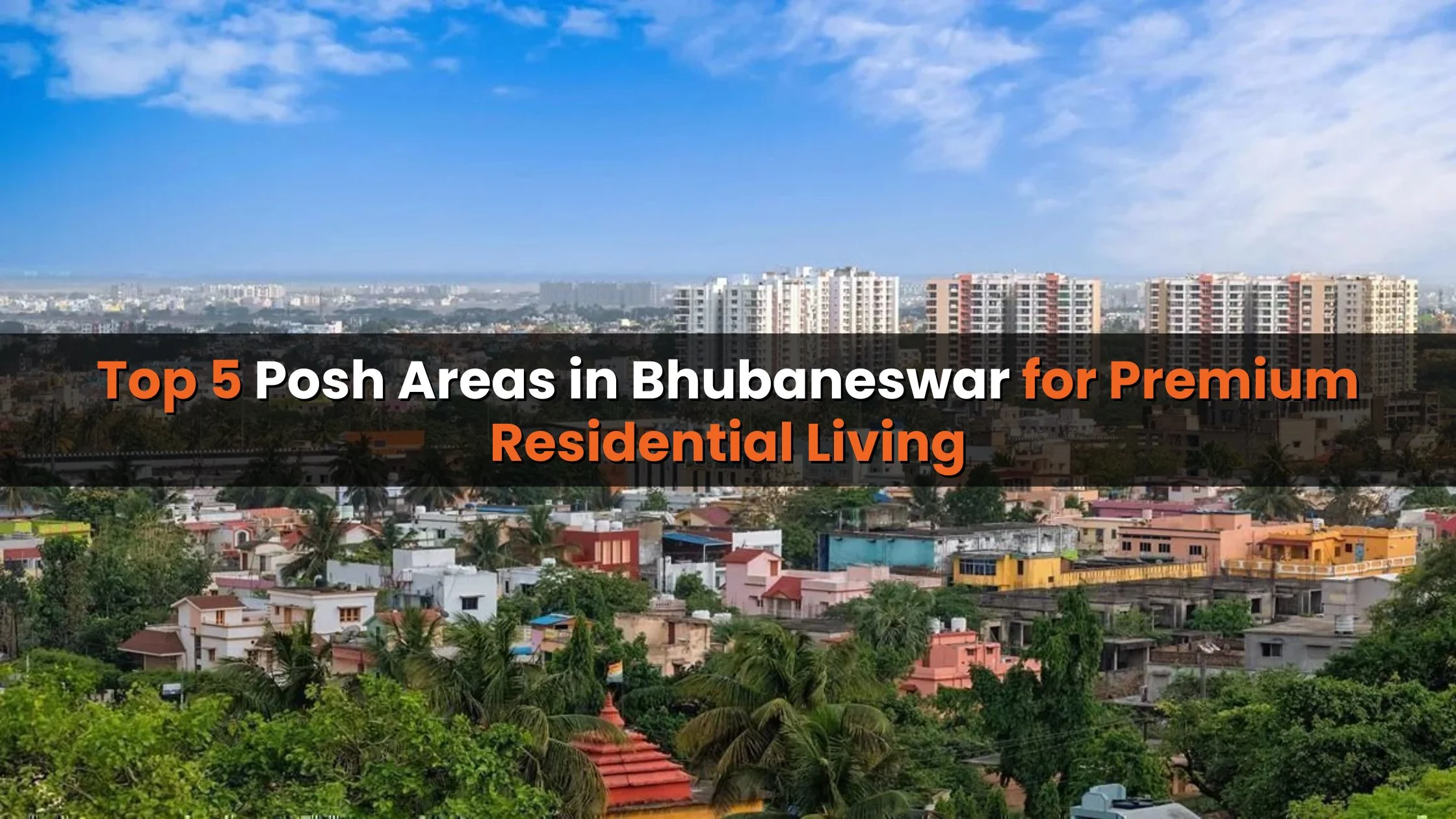
Ans 1. It is a housing scheme launched by the Karnataka government in 2000 to provide affordable homes for Below Poverty Line (BPL), SC, ST, and OBC families. Instead of giving cash, the scheme supplies construction materials and subsidies to ensure proper houses are built.
Ans 2. The scheme is managed by the Rajiv Gandhi Rural Housing Corporation Limited (RGRHCL), which ensures transparency and efficiency in execution.
Ans 3. Permanent residents of Karnataka who belong to BPL, SC, ST, or OBC categories are eligible. The family must not already own a pucca house, and annual household income should not exceed ₹32,000. Widows, disabled persons, and marginalized groups are given preference.
Ans 4. Beneficiaries receive up to 85% of raw materials for construction free of cost, along with financial aid. This reduces their burden and helps them build permanent shelters without loans.
Ans 5. The Karnataka government has set aside a budget of nearly ₹2,500 crore to build about 2 lakh homes in 2025.
Ans 6. Applications can be submitted online through the Ashraya Portal (ashraya.karnataka.gov.in). Applicants must register, fill in personal and land details, upload required documents, and submit the form.
Ans 7. No, the entire application process is free of cost, making it accessible for even the poorest families.
Ans 8. Applicants need Aadhaar card, residence proof, income certificate, caste/community certificate, age proof, and recent photographs.
Ans 9. The application and beneficiary status can be tracked on the RGRHCL website using the acknowledgement or reference number. The portal shows whether the application is approved, pending, or rejected.
Ans 10. Selection involves local verification, review by Gram Panchayat/MLA, and sometimes a lottery if applications exceed the quota. Final lists are published online for transparency.